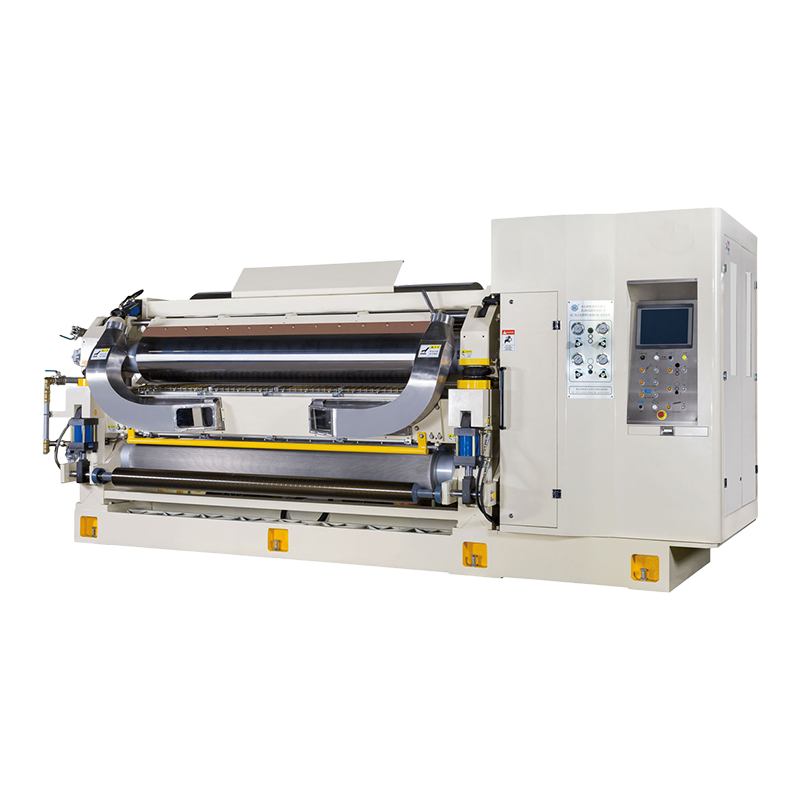
A corrugator line is a critical component in the production of corrugated cardboard, which is widely used in packaging. Proper maintenance of a corrugator line is essential to ensure smooth operation, consistent product quality, and minimal downtime. Neglecting maintenance can cause increased wear and tear, unexpected breakdowns, and higher operational costs. Understanding the key maintenance practices for a corrugator line helps manufacturers keep their equipment running efficiently and extend the lifespan of their machinery.
One of the fundamental maintenance tasks for a corrugator line is regular inspection of rollers. Rollers play a crucial role in forming the flute and bonding the layers of paperboard. Over time, they can develop surface wear, scratches, or misalignments that affect product quality. Routine checks allow operators to detect issues early and address them before they cause significant defects or machine damage. Cleaning rollers to remove adhesive buildup and dust also maintains their effectiveness and prevents uneven corrugation.
Lubrication is another essential practice in maintaining a corrugator line. The machine consists of many moving parts, such as gears, bearings, and chains, which require proper lubrication to reduce friction and wear. Using the correct type and amount of lubricant according to the manufacturer’s guidelines helps prevent overheating and mechanical failures. Establishing a lubrication schedule ensures that components continue to operate smoothly and reduces the risk of sudden stoppages.
Monitoring the temperature and pressure settings in the corrugator line is important for consistent production. Heat and pressure are applied to bond the liner and flute layers, so maintaining conditions affects the strength and appearance of the finished board. Maintenance teams should regularly check the heating elements, steam systems, and pressure controls to ensure they are functioning correctly. Calibrating sensors and replacing faulty parts can prevent defects caused by uneven bonding or scorching.
Checking the condition of adhesive systems is vital for maintaining the corrugator line’s efficiency. Adhesives are applied between paper layers to hold the corrugated board together. Issues such as clogging nozzles, inconsistent glue flow, or improper mixing can cause weak bonding or waste. Regular cleaning and inspection of glue application equipment help maintain proper adhesive distribution and reduce downtime caused by blockages or leaks.
Electrical and control systems also require routine maintenance on a corrugator line. These systems manage machine operations, including speed, temperature, and safety mechanisms. Inspecting wiring, sensors, and control panels helps detect faults or wear that could disrupt production. Updating software and performing preventive checks on automation components enhance reliability and reduce unexpected failures.
Scheduled calibration and alignment are critical to ensuring the corrugator line operates within desired tolerances. Misaligned parts can cause excessive wear on rollers and belts, resulting in production defects and increased maintenance needs. Maintenance personnel should use precision tools to align key components and verify settings to maintain product consistency and extend equipment life.
Training operators on proper machine use and basic maintenance tasks complements technical maintenance efforts. Well-trained personnel can identify early signs of problems and perform routine tasks such as cleaning, lubrication, and minor adjustments. This proactive approach reduces the frequency of major repairs and improves overall line productivity.
Essential maintenance practices for a corrugator line include regular roller inspection and cleaning, proper lubrication, monitoring temperature and pressure, maintaining adhesive systems, electrical system checks, calibration, and operator training. By implementing these practices, manufacturers can ensure efficient operation, maintain product quality, and reduce unexpected downtime. Effective maintenance supports the longevity of the corrugator line and contributes to stable, cost-effective production.

 English
English  Español
Español  Português
Português  عربى
عربى 




